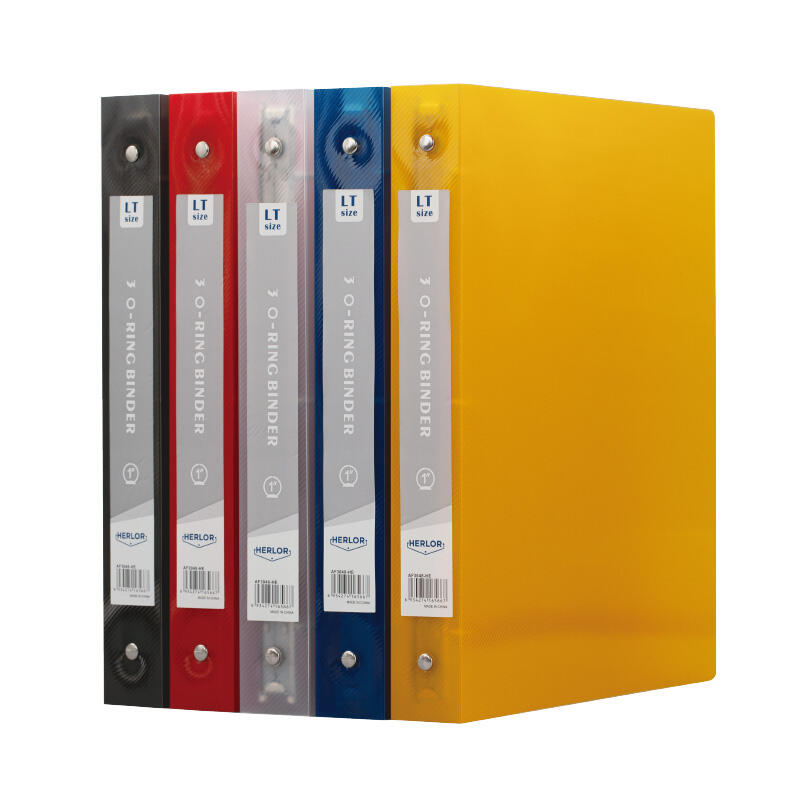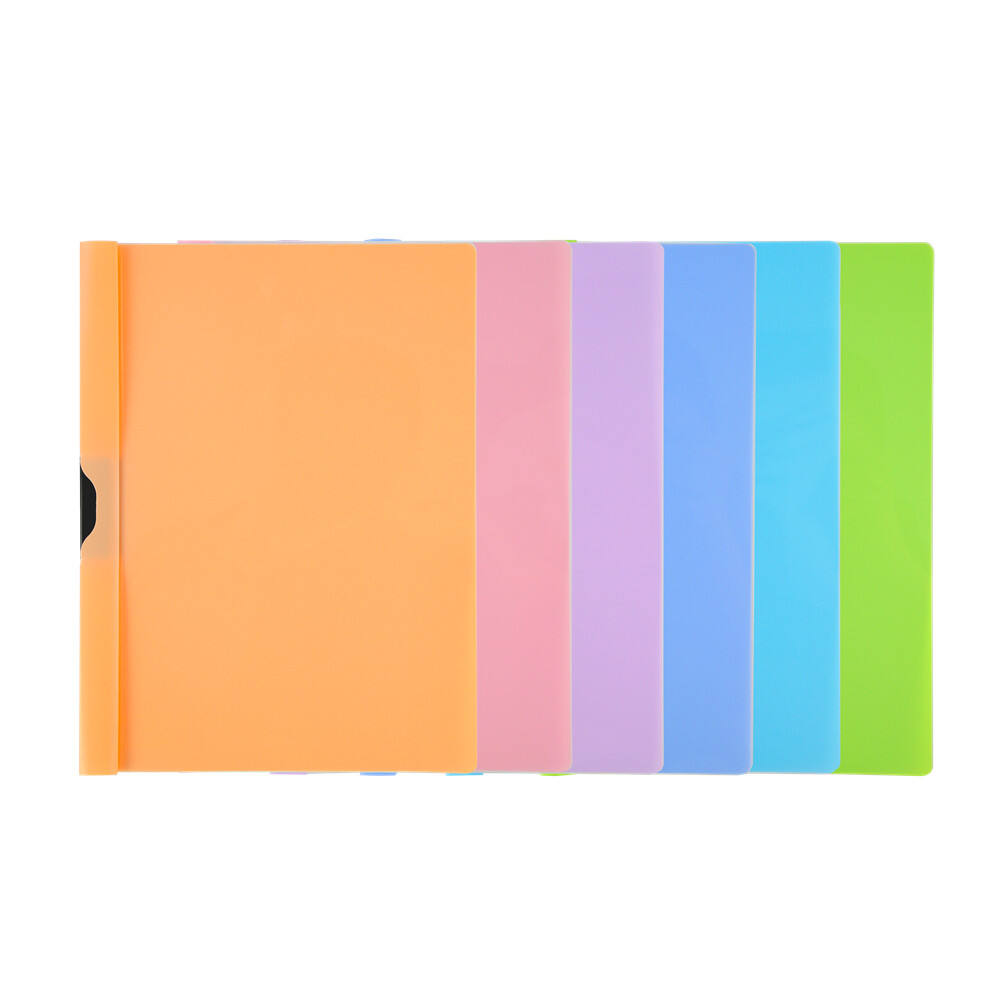Finding the Perfect Fit: How to Select the Right Size Expanding File for Your Needs
Expanding files aren't just places to stuff papers away they're actually pretty important if someone wants to keep things organized whether working at their desk, sitting in class, or managing paperwork at home. When browsing through all those options on store shelves or online catalogs, finding the right expanding file feels like trying to pick out shoes without knowing what size fits best. What really counts is figuring out exactly what kind of organization problems need solving. Does the person deal with stacks of monthly bills? Do they need something that travels well between meetings? The number of documents, how often they access them, even where they plan to store the file all these factors determine which size works best for day to day tasks without creating more headaches down the road.
Understanding Your Document Storage Requirements
Assessing Volume and Frequency of Use
The first step is figuring out just how much stuff needs filing away and how frequently those papers get pulled out again. People who deal with mountains of paper every day - think invoices, tax docs, client folders - usually find themselves needing something serious like an expanding file with around 13 to maybe even 26 pockets inside. But if someone only needs to keep track of a few things now and then, say warranty cards or medical info, then going smaller makes sense too. A basic 5 pocket organizer works fine for most folks, though some might prefer the extra space offered by a 7 pocket model instead.
Also consider document turnover. Will you frequently add or remove papers? In that case, selecting a file with larger expansion width and reinforced dividers can help prevent wear and tear over time.
Identifying Document Sizes and Types
Most expanding files are designed for standard A4 or letter-size documents. However, if youâre organizing larger formats like legal papers, blueprints, or art prints, be sure to select a file that can accommodate these dimensions without bending or damage.
Certain expanding files are also ideal for categorized storage of receipts, note cards, or smaller paper items. These smaller versions usually offer portability but with limited capacity, so they work best for specialized needs rather than bulk storage.
Key Features to Consider When Choosing an Expanding File
Number of Pockets and Labeling Options
The number of pockets directly affects how well you can categorize your documents. For multi-category organization, such as month-by-month bookkeeping or client-specific files, a higher number of labeled sections offers greater efficiency. Some models come with customizable tabs, allowing you to assign your own categories or alphabetize your content.
Make sure the labels are easy to read and securely attached. Clear index tabs improve retrieval speed, especially when you're working with time-sensitive or frequently accessed information.
Expansion Width and Durability
The file's expansion widthâoften measured in inches or centimetersâindicates how much content it can hold. For heavy-duty applications, look for models with gussets reinforced by fabric or plastic materials. These provide extra strength and durability, especially in mobile work environments.
Some expanding files also come with flap closures, elastic bands, or snap buttons to keep contents secure. These features are particularly useful if you intend to transport the file or store it in an upright position.
Material and Construction Quality
Expanding files are available in a variety of materials, including polypropylene, paperboard, and fabric-covered designs. For everyday office use, durable polypropylene offers water resistance and tear protection. Paperboard models may be suitable for light use or filing away archived documents.
Translucent styles are useful if you prefer to see the contents without opening the file, while opaque models offer more privacy for sensitive materials.

Matching Your File to the Environment
Office and Professional Use
In a corporate setting, choose a larger expanding file with ample pockets for project documents, client files, or internal reports. Many professionals prefer accordion-style files with color-coded dividers to streamline complex workflows.
If confidentiality is importantâsuch as in legal or financial fieldsâopt for a file with a secure flap and sturdy material that protects documents from unauthorized access.
School and Academic Organization
Students and teachers benefit from mid-size expanding files, especially those with 6 to 12 pockets for organizing subjects or assignment categories. Lightweight designs with handle options can simplify transport between home and classroom.
Files with bright colors or unique patterns are popular in educational settings, providing a fun yet functional tool for document storage.
Home and Personal Use
For managing home documents like bills, warranties, and medical records, a medium-size expanding file with labeled sections is often ideal. You wonât need as many pockets as a professional might, but organization by category (utilities, insurance, healthcare, etc.) can save time during audits or emergencies.
Portable models with closures are especially helpful for keeping papers safe in a drawer, bag, or shelf without scattering.
Special Features for Enhanced Usability
Portability and Ergonomics
If you frequently transport documents, consider a file with handles or a carrying strap. Some expanding files are designed to double as briefcases, making them suitable for fieldwork or client meetings.
Ergonomic grip zones or reinforced edges improve handling and reduce strain during frequent use, particularly in busy work environments.
Built-in Extras
Advanced expanding file models may include additional pockets for business cards, pens, or even USB drives. These added features transform the file into a mobile office toolkit, which can be a major convenience for remote workers or professionals on the go.
Some files even come with built-in locking mechanisms or RFID protection for enhanced security, ideal for sensitive or high-value content.
FAQ
What size expanding file should I use for tax document storage?
A file with 12 to 13 pockets, labeled by month or document type, is ideal for organizing annual tax records and receipts efficiently.
Can I store legal-size documents in a standard expanding file?
No, standard expanding files usually hold letter or A4 paper. For legal-size documents, choose a file specifically labeled as âlegal sizeâ to prevent bending or crumpling.
Are plastic or paperboard expanding files better for everyday use?
Plastic (polypropylene) expanding files offer better durability, water resistance, and longevity, making them more suitable for daily or long-term use.
How many documents can an expanding file hold?
Depending on its width and number of pockets, an expanding file can typically hold between 100 and 1,000 sheets. Always check the productâs capacity rating before purchasing.


